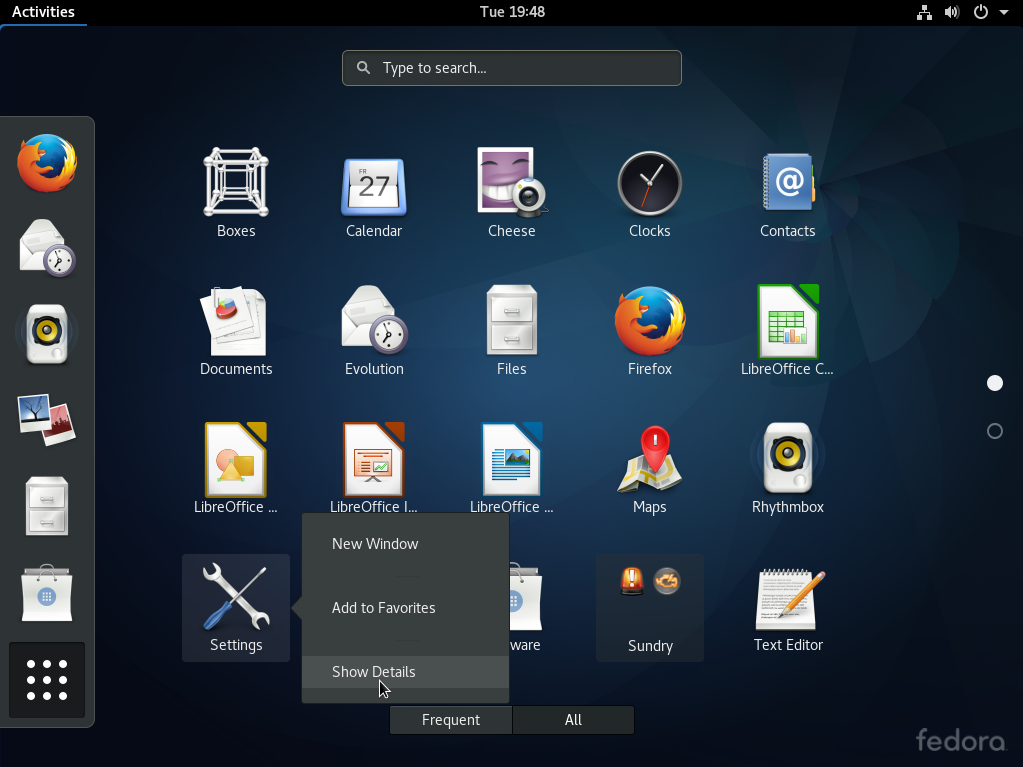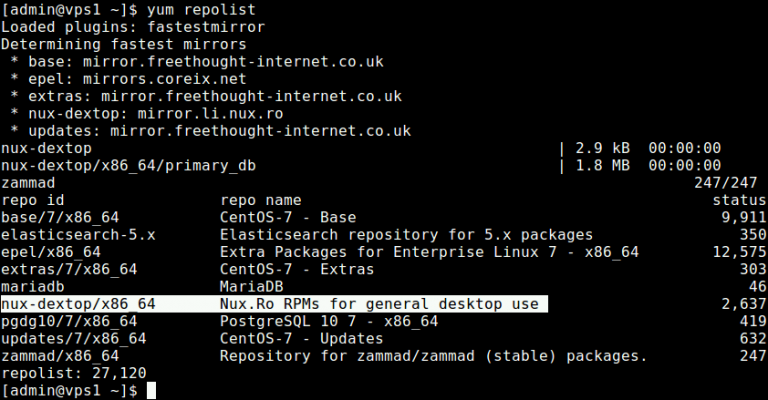

- How to install epel repository on redhat fedora software#
- How to install epel repository on redhat fedora download#

$ wget īy using a similar methodology (with appropriate changes to the repository source links, of course), you can install other popular repositories like IUS (IUS Community Packages for Enterprise Linux 6), ElRepo (The Community Enterprise Linux Repository) etc on your CentOS system. This is how you install the EPEL repository on CentOS 7.x. Installing EPEL repository on a CentOS or RedHat desktop or server is easy when you follow the below steps.īefore installing the EPEL repository, make sure you’re on root and then run the below commands (depending on whether you’re running 32-bit or 64-bit CentOS and the version):ĬentOS 7.x has no 32-bit version, just the 64-bit distribution. Responsibility for maintaining EPEL rests with the Fedora Special Interest Group. Let’s install EPEL, a well supported repository for CentOS, Fedora and RedHat Linux distributions

Now that you know what repositories are available on your computer you can install whichever repository you want. Loading mirror speeds from cached hostfile Loaded plugins: fastestmirror, refresh-packagekit, security The below command should provide a list of all repositories (both enabled and disabled) on your CentOS system: ~]# yum repolist all So there arises the need to install other repositories like EPEL (an acronym for Extra Packages for Enterprise Linux), IUS, ELRepo, ATrpms etc.īefore you go about installing other repositories, first check what’s installed on your computer with yum repolist all. As a matter of fact, no single repository is ever comprehensive enough. Good as the base CentOS and Red Hat Enterprise Linux repositories are, they are not comprehensive. Those meant for Debian and its derivatives will not work on CentOS, RedHat or Fedora and vice versa.
How to install epel repository on redhat fedora software#
So when you install the Libre Office package from a repository, you also automatically get other software components that are required for Libre Office to work well.īear in mind that packages and repositories are distribution specific.įor instance, the popular EPEL repository is meant for users running Fedora, CentOS or Red Hat and not for those who have deployed Debian, Ubuntu or LinuxMint on their servers or desktop computers. Dependencies are other programs that must be installed for your desired package to work properly.
How to install epel repository on redhat fedora download#
When you download a package from a repository using commands like yum install package_name (for RedHat, CentOS and Fedora systems) or apt-get install package_name (for Debian, Ubuntu and LinuxMint systems), they are downloaded from a repository and you get dependency resolution automatically. The beauty of Linux is its flexibility, which lets you add or delete any package you want later. So you look to third party repositories for the packages you want.Ī repository often contains thousands of software packages ranging from browsers to RSS readers to text editors to more complex stuff like IDEs (integrated development environments). But later you might feel the need for a software package that might not available in the CentOS base repository.

When you first install a Linux distribution (CentOS, RedHat, Oracle Linux, Scientific Linux etc), you usually get only a limited set of packages with it. Think of a repository as a central location from where you can download software packages to your system. What is a Repository?Īs a newbie, you might be forgiven for wondering what the heck a repository is in Linux. Now we can move to another key step in your CentOS learning adventure – Adding more repositories.įor purposes of this post, it doesn’t matter whether you’ve installed the older CentOS 6.6 or the newer CentOS 7.0. So you’ve installed CentOS on your computer and have it up and running without any issues.


 0 kommentar(er)
0 kommentar(er)
